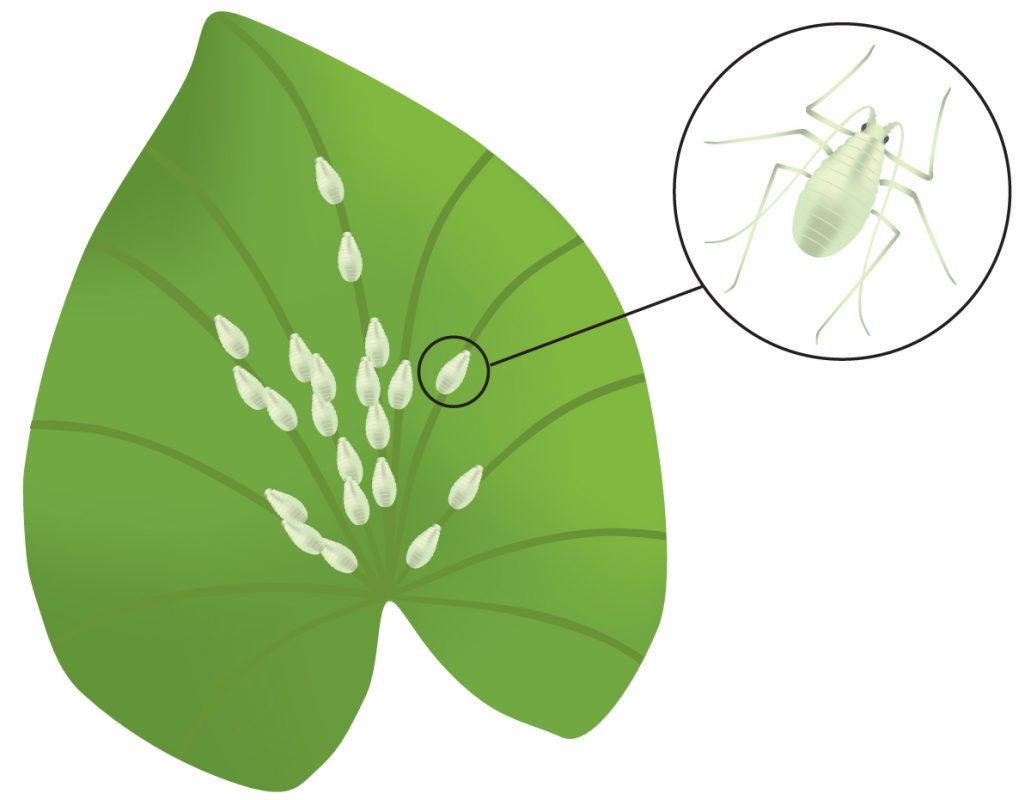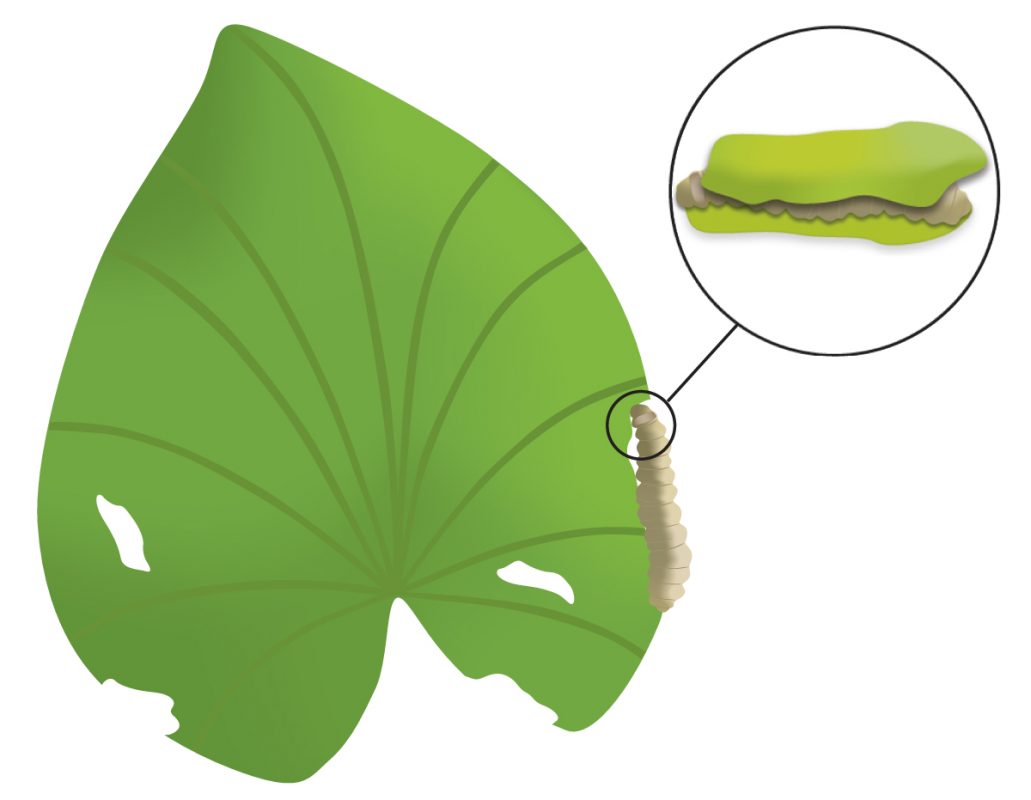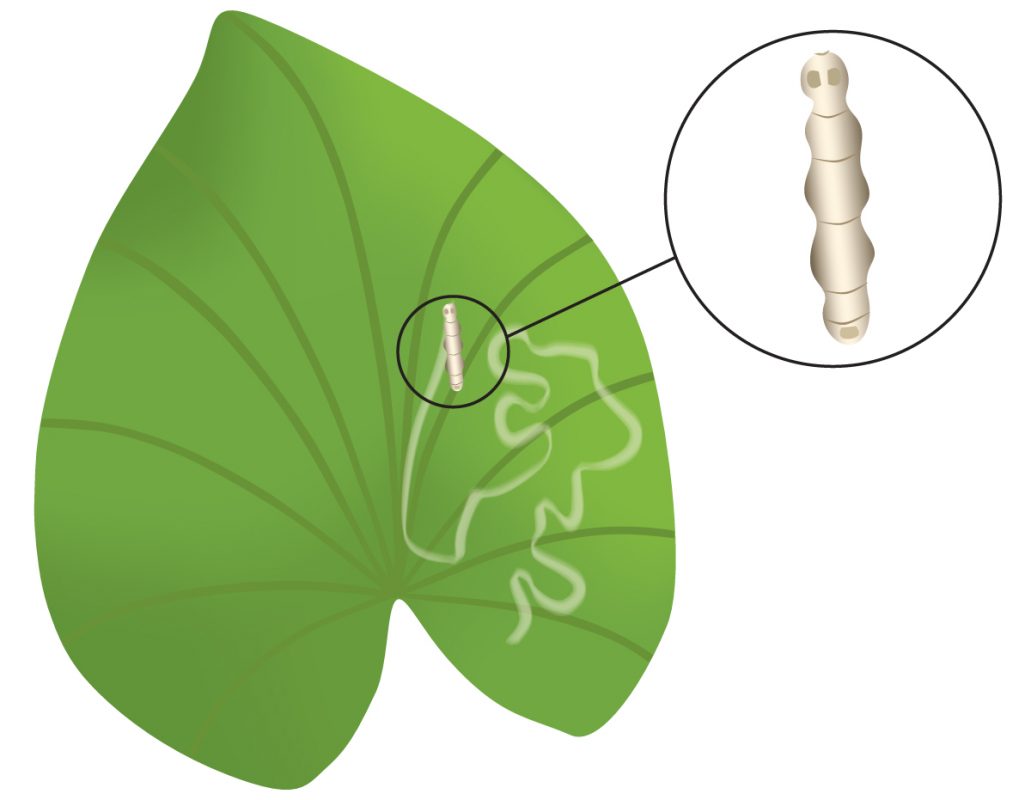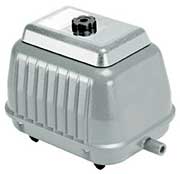18. Controlling Aquatic Pests
As a general rule, insecticides should not be used in or near the water because they can harm fish and other beneficial aquatic life. Problems do arise, however, with controlling aquatic pests and they must be dealt with or you run the risk of losing expensive plants. As with other garden plants, pests are usually specific to varieties. The same is true with aquatic plants. In addition to knowing how to perform regular maintenance on your pond, it is important to be able to identify specific pests as this will help you be able to properly get rid of them. You should watch for Aphids, China Mark Moths, and False Leaf-mining Midges on your aquatic plants, as not controlling aquatic pests can create more problems.
APHIDS

Aphids are small, wingless insects that reproduce rapidly and disfigure plants by sucking liquid from the leaf surface. A sign of the presence of aphids is disfigured and discolored foliage. Aphids can be washed off onto the water where active fish populations can eat them. In cases of heavy infestation, many commercial soap-based insecticides are available to control these worrisome pests. Extreme care must be taken with any insecticide when fish are present in the pond.

CHINA MARK MOTH

The larvae of the China Mark Moth exhibits a distinct habit of cutting away sections of lily leaves to form a cocoon around itself. You will find this pest and its cocoon on the surface of the leaf or floating on the water. The cocoons can be removed from the leaves and the water by hand and then destroyed.

LEAF-MINING MIDGE

A symptom of False Leaf-mining Midges are yellowish tunnels in the leaf surface. The tunnels are produced by the larvae of flies or moths that lay their eggs on the surface of the leaves. To prevent further infestation, remove affected leaves.



